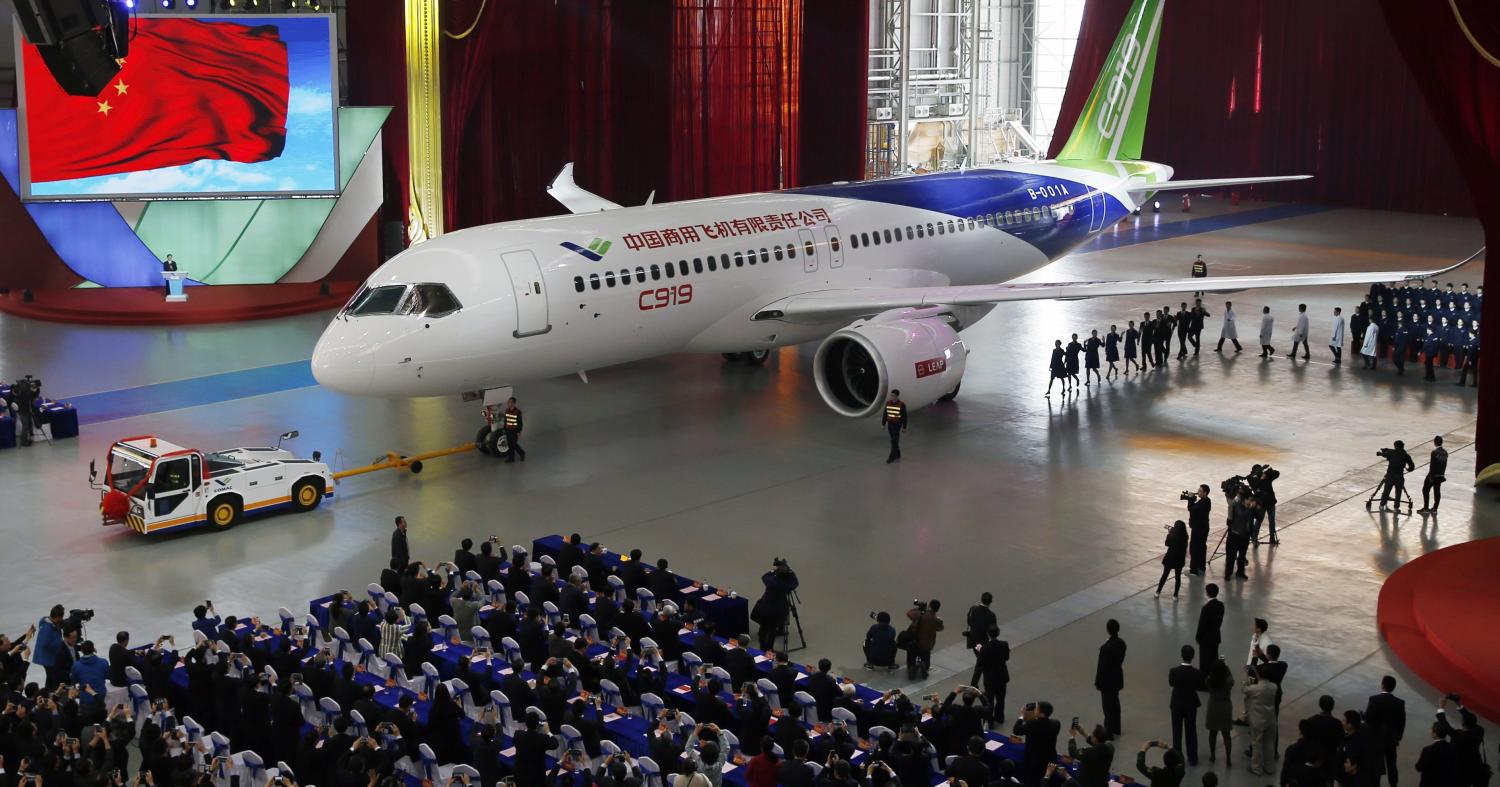The RAND Corporation has just published a new report on Chinese investment in the US aviation sector. Given the air of concern in Australia and sometimes the US over Chinese investment in strategic industries (remember when China's CNOOC tried to buy US oil giant UNOCAL?), the tone of the report is fairly relaxed, concluding that most of China's investments are at the lower-technology end of the spectrum in general aviation, not in commercial aviation - in other words, Chinese companies are investing mainly in the Cessna end of the market, not Boeing. That means fears of technology transfer, always a concern when dealing with China, are manageable at present.
Yet China's aviation ambitions are clearly much bigger than current foreign investment suggests. China's answer to the Boeing 737 and Airbus A320, called the COMAC C919, is due to take its first flight in coming months, and China has ambitions to compete with that duopoly over the long term. The RAND report makes clear how difficult it will be to realise that ambition, and yet...
A major motivation for this report and the continued observation of China’s commercial aircraft–manufacturing efforts is China’s potential ability to upset this duopoly equilibrium by operating on a non-commercial basis, providing substantial government support to its aviation industry, and absorbing losses that would dissuade new market entrants operating on a purely private-enterprise basis. China’s unambiguous industrial policies and the scale of its aircraft market...and its apparent political will to absorb huge losses to establish a presence in this industry give it a chance to succeed where the Japanese and Brazilians have not.
This takes me back to an interview I did with economist Joe Studwell in 2013, who argued that state-backed industries had played a crucial role in the rise of Asia's 'tiger economies', and were doing the same for China. Yes, there were follies - government-backed schemes that led to huge taxpayer losses because immature local industries could not compete with competition from advanced economies. But Studwell argued that state-backed industrialisation can work if those companies were export-oriented rather than selling only to protected local markets:
The history of British, American, German, and indeed Australian development is the history of government policies that nurtured globally competitive firms, whether those policies were Britain's Navigation Acts, the average 40% tariff applied in the US in the 19th century, German export subsidies of the late 19th and early 20th centuries, or Australia's own long history of tariff protection and industry subsidy.
Those 'infant industry' policies allow learning to take place and produce more competitive firms, especially when subsidy is predicated on exports, or what I call 'export discipline', as has very much been the case in the fastest growth stories in Japan, ROK, Taiwan and now China. The capacity to export into the global market tells governments of development countries if they are getting an acceptable return on their subsidies to domestic firms.
If Studwell is right, then COMAC must sell its planes on the foreign market, and that will be incredibly difficult. So far the C919 has 344 orders, with all but 10 from Chinese airlines. But even if the C919 is a flop on the foreign market, don't count on China to give up. There is already work being done on a China-Russia joint venture to build an even larger jet in the Boeing 777 class.

